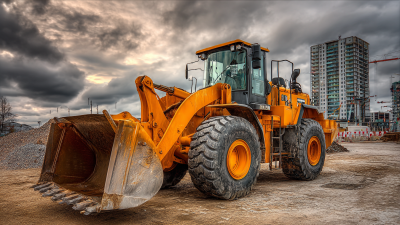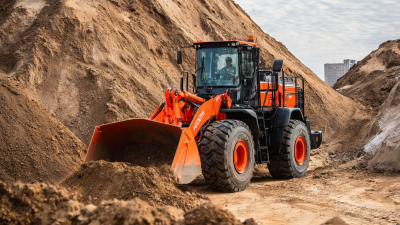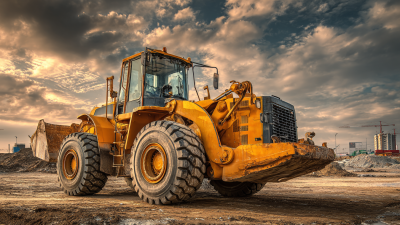Leave Your Message
-
Phone
-
E-mail
-
Whatsapp
As we approach the 2025 China Import and Export Fair, the spotlight increasingly falls on the dynamic landscape of Heavy Machinery. With the global heavy equipment market projected to reach $210 billion by 2025, driven by urbanization and infrastructure development, the event presents a pivotal platform for industry stakeholders.
According to a recent report by Allied Market Research, the Asia-Pacific region is anticipated to dominate the heavy machinery market, accounting for over 35% of global revenue. This growing trend reflects the region's investments in smart cities and sustainable construction.
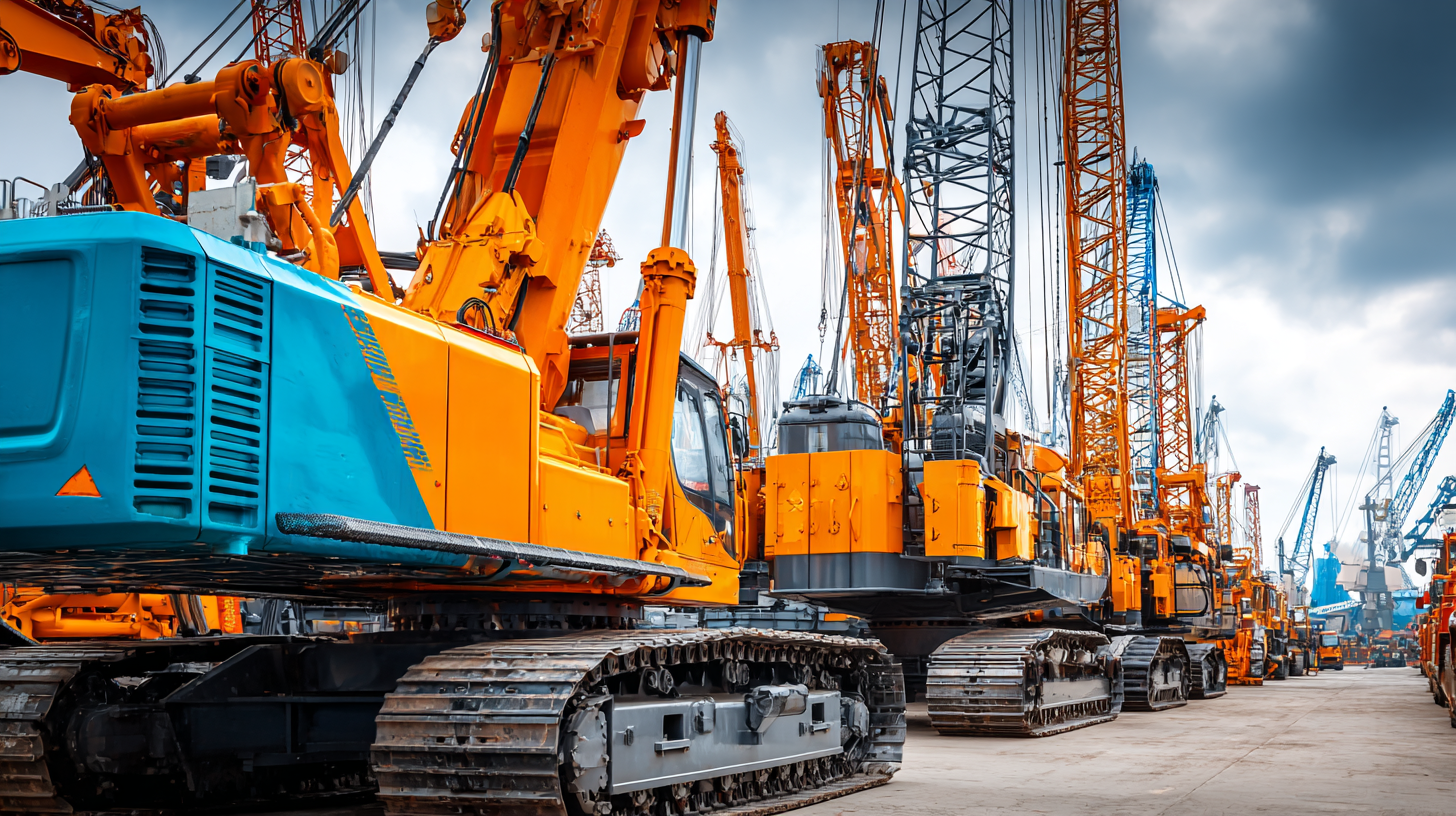 The 138th Canton Fair will showcase innovative technologies and solutions, providing insights into the future trajectory of heavy machinery, including automation, eco-friendly machines, and enhanced operational efficiency, all crucial for meeting the challenges of modern engineering demands.
The 138th Canton Fair will showcase innovative technologies and solutions, providing insights into the future trajectory of heavy machinery, including automation, eco-friendly machines, and enhanced operational efficiency, all crucial for meeting the challenges of modern engineering demands.
At the 2025 China Import and Export Fair, emerging technologies are set to redefine the heavy machinery industry, emphasizing automation, electrification, and advanced materials. According to a report from the Machinery Industry Federation, the global heavy machinery market is anticipated to reach $200 billion by 2026, with China contributing significantly due to its focus on innovation. Key players are investing in smart technologies such as AI and IoT to enhance operational efficiency and predictive maintenance. These advancements not only reduce downtime but also lower operational costs, making them essential for the competitive landscape.
Moreover, the shift towards sustainable development is driving the adoption of electric and hybrid machinery. A study from the International Energy Agency estimates that electric machinery could account for 15% of the total machinery market share by 2030, significantly reducing CO2 emissions. The integration of lightweight, high-strength materials is also gaining traction, leading to improved fuel efficiency and performance. As we approach the fair, industry leaders are expected to showcase their latest innovations, highlighting how these technological trends can meet the demands of a rapidly evolving market while adhering to environmental goals.
This chart illustrates the projected growth of various emerging technologies in the heavy machinery industry at the 2025 China Import and Export Fair. The data is based on market research and reflects the increasing integration of automation, electric machinery, and IoT solutions in heavy equipment.
The heavy machinery sector is increasingly prioritizing sustainability as a central theme in its operations and innovations. At the upcoming 2025 China Import and Export Fair, industry leaders are expected to showcase advancements that not only enhance productivity but also minimize environmental impact. Manufacturers are investing in cleaner technologies, such as electric and hybrid machinery, aimed at reducing emissions and energy consumption. This shift reflects a broader industry commitment to align with global sustainability goals and adapt to changing regulatory landscapes.
Moreover, the utilization of recycled materials in heavy equipment manufacturing is becoming more prevalent. Companies are exploring ways to incorporate sustainable materials into their products without compromising quality or performance. This trend is not only beneficial for the environment but also appeals to eco-conscious consumers and industries. As heavy machinery evolves, the focus on sustainability is likely to drive innovation and competitive advantage, setting a new standard for responsible manufacturing practices within the field.
The 2025 China Import and Export Fair is set to unveil groundbreaking innovations in heavy machinery, emphasizing sustainable design and advanced technologies. As the global demand for efficiency and eco-friendly solutions increases, leading manufacturers are responding by showcasing cutting-edge machinery that prioritizes both performance and environmental impact. According to recent industry reports, the global construction equipment market is projected to reach approximately $200 billion by 2027, reflecting a compound annual growth rate (CAGR) of about 5.5%. This trend underscores the importance of integrating innovative designs that reduce carbon emissions while enhancing operational capabilities.
This year, attendees at the fair can expect to see heavy machinery equipped with the latest advancements in AI and automation, which aim to increase productivity and reduce labor costs. For instance, innovations in telematics are allowing operators to monitor machinery performance in real-time, leading to improved maintenance schedules and reduced downtime. Additionally, the focus on modular design enables manufacturers to produce machines that can be easily upgraded, ensuring longevity and adaptability in an ever-evolving market. As these trends reshape the landscape of the heavy machinery industry, the 2025 China Import and Export Fair stands as a crucial platform for unveiling the next generation of construction solutions.
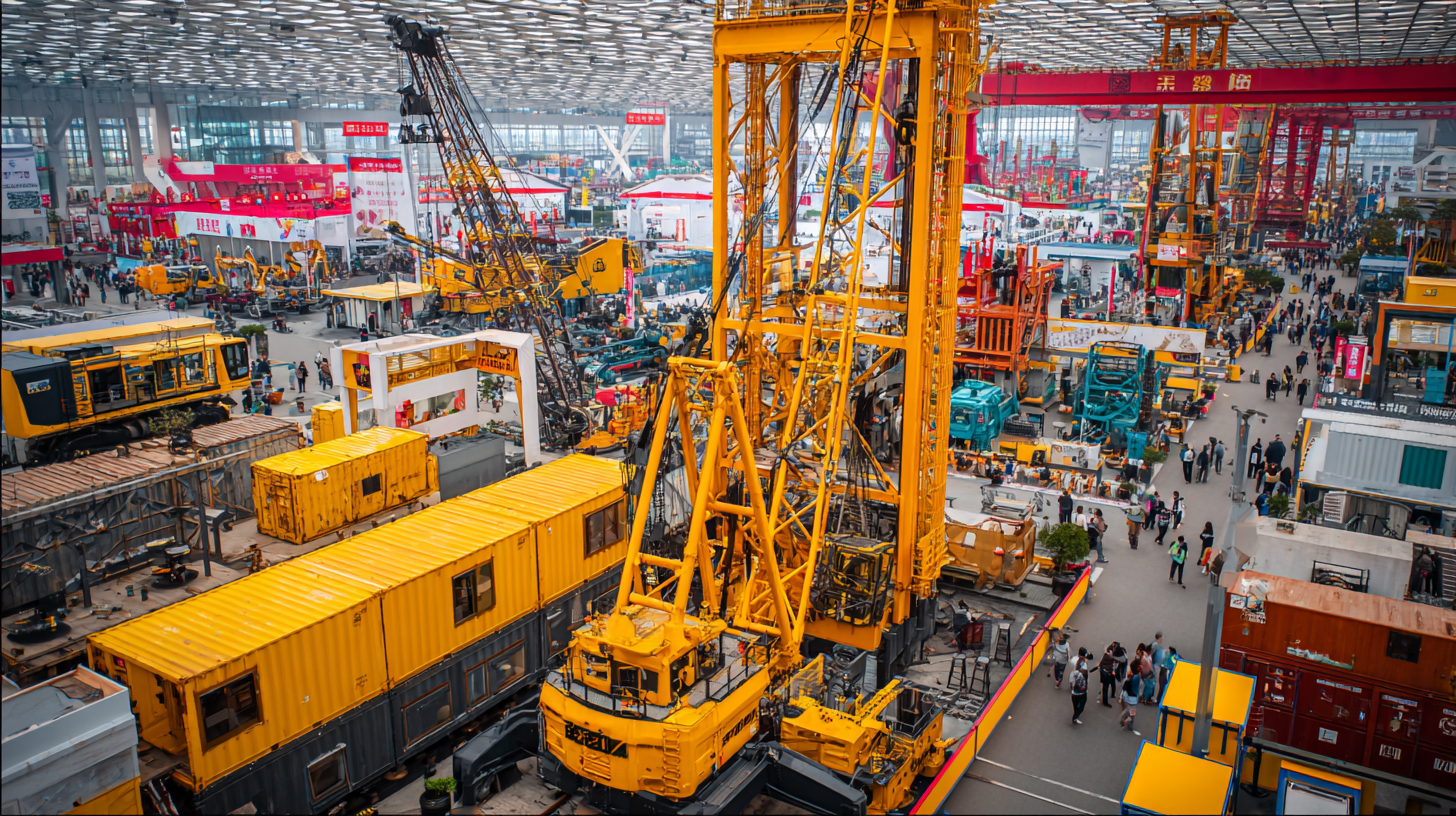
The future of heavy machinery is increasingly intertwined with advancements in automation and artificial intelligence (AI), as highlighted by recent developments in the construction industry. Research indicates that the adoption of data-driven AI algorithms is revolutionizing construction methodologies, shifting from manual labor to semi-automatic and fully automatic processes. This transition not only streamlines operations but also enhances efficiency, resulting in reduced costs and improved safety on job sites.
As AI tools become standard in project bids, we see a significant surge in their adoption—up 42% year-over-year. Early adopters of AI in construction are experiencing substantial operational benefits, including predictive analytics and AI-powered drones that transform traditional practices. The integration of these technologies signifies a move toward a more digital and data-driven foundation in manufacturing and construction, ensuring that companies can not only innovate but also address the industry's ongoing skills gap by equipping their workforce with advanced tools and methods for the future.
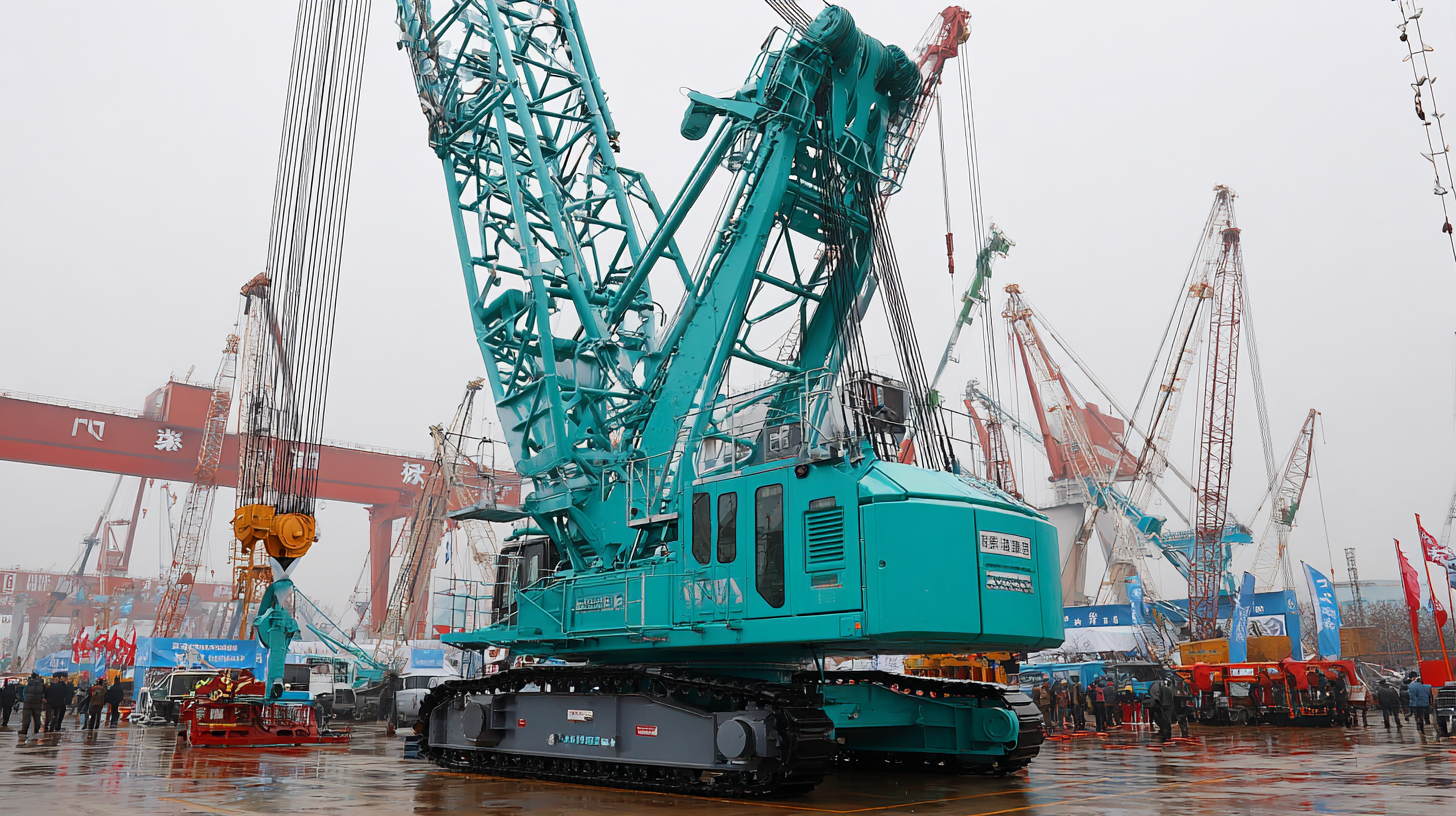
As the global economy continues to evolve, the heavy machinery sector in China is poised for significant transformation post-2025. The 2025 China Import and Export Fair will serve as a vital platform for stakeholders to discuss emerging market opportunities and the challenges that lie ahead. One of the most promising opportunities includes the growing demand for sustainable construction practices. With China's push for greener initiatives, there is an increasing need for eco-friendly machinery that minimizes emissions and enhances efficiency. This shift will likely open new avenues for innovation and investment in the heavy machinery industry.
However, navigating these opportunities will not be without its challenges. Domestic competition is intensifying as local manufacturers enhance their capabilities and international players seek to enter the market. Additionally, regulatory frameworks are becoming more stringent, necessitating that companies stay abreast of evolving standards for safety and environmental compliance. Moreover, the workforce must adapt to advanced technologies such as artificial intelligence and automation, which are reshaping the landscape of heavy machinery operations. These challenges will demand strategic foresight and adaptability from industry leaders as they strive to maintain competitive advantages in an ever-changing market.
